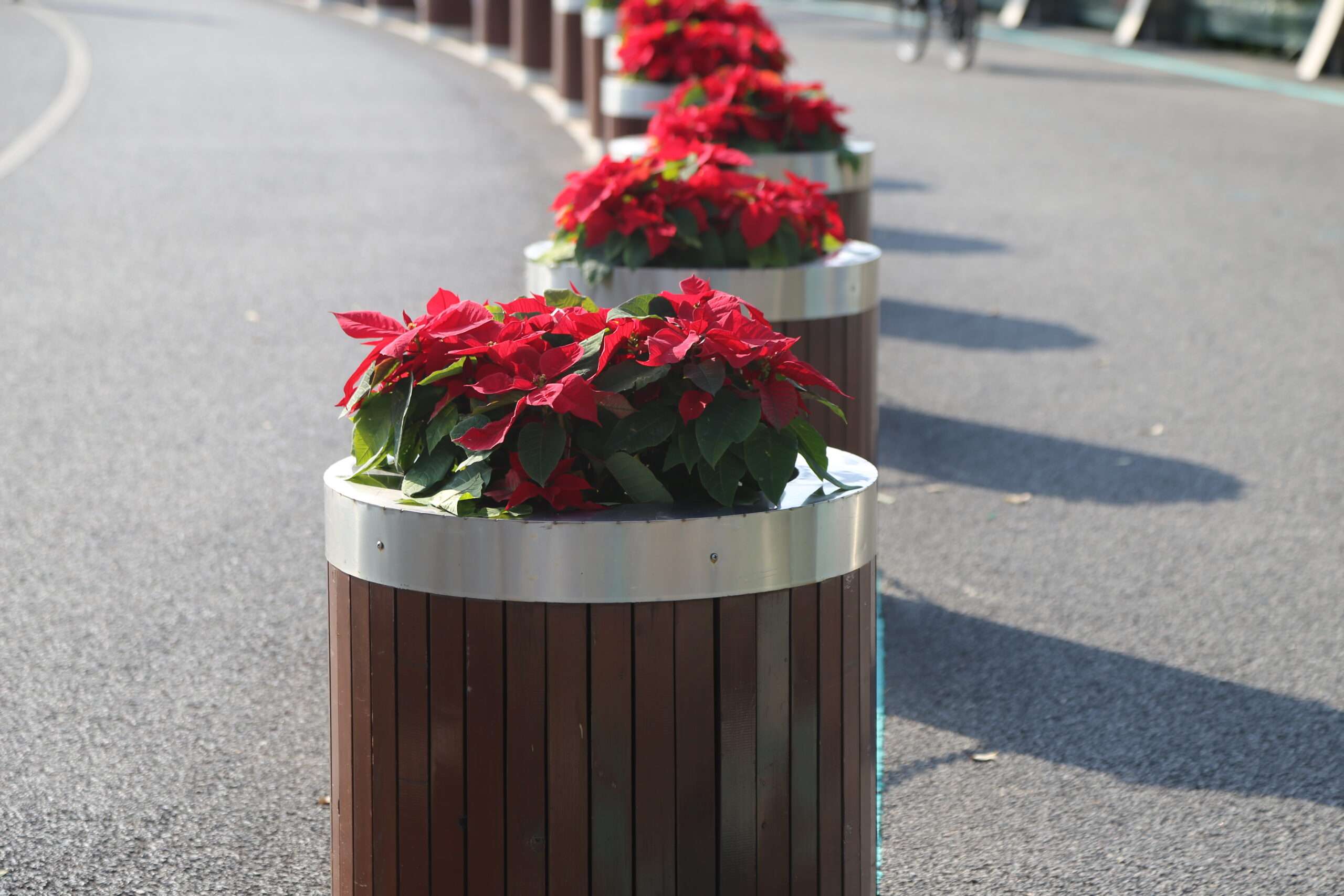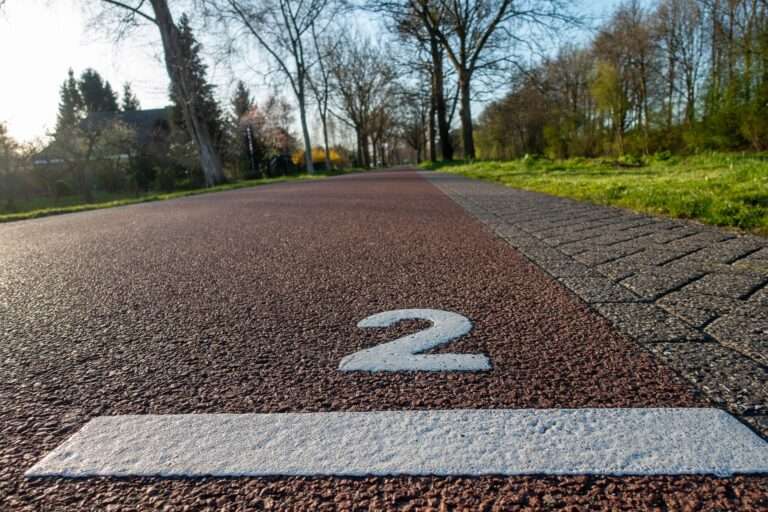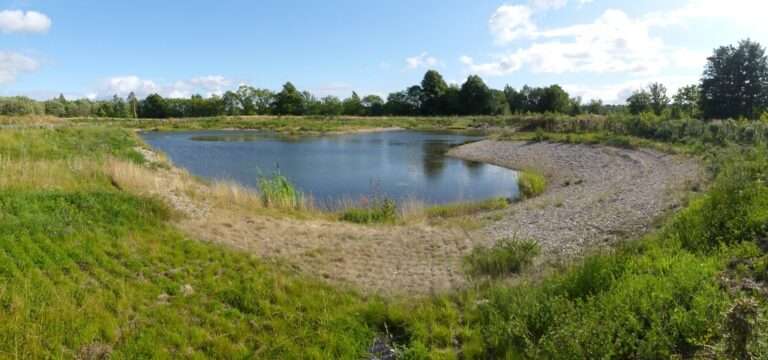10 Cost-Effective Urban Feature Ideas That Transform Public and Commercial Spaces
Urban improvements don’t have to come with a premium price tag. Whether you’re managing a commercial estate, public square or business frontage, cost-effective urban features can revitalise outdoor spaces, boost usability, and create a more welcoming environment—without draining your budget.
The smartest urban designs combine visual impact, practicality and affordability. In this blog, we’ll explore 10 low-cost, high-impact urban feature ideas that work brilliantly across the UK. These solutions add structure, comfort and style to your site while keeping installation and maintenance costs firmly under control.
Why Choose Budget-Friendly Urban Features?
Tight budgets shouldn’t stop outdoor spaces from looking professional, modern and people-friendly. With the right materials and layout, cost-effective features can still offer:
- Improved first impressions
- Long-term durability
- Increased public engagement
- Compliance with accessibility and safety standards
Even modest enhancements can dramatically improve the way people move through and interact with a space.
For supply and installation advice tailored to your project, visit our street furniture and urban features page.
1. Timber Benches with Concrete Ends
Why it works:
Combines robust structure with natural texture.
Concrete end benches with treated timber slats are sturdy, weatherproof and stylish. Their simplicity means lower cost, yet they still offer a modern aesthetic for high-use zones.
Use for: Business parks, schools, car park perimeters
2. Recycled Plastic Picnic Sets
Why it works:
Sustainable, low-maintenance and vandal-resistant.
Made from recycled plastics, these tables and benches are splinter-free, resistant to rot, and often cheaper than hardwood. They’re ideal for informal zones and corporate outdoor lunch areas.
Use for: Office breakout spaces, school grounds, rest areas
3. Galvanised Steel Cycle Hoops
Why it works:
Simple to install and low-cost.
Secure and space-efficient, cycle hoops encourage green transport and support BREEAM targets. Most come ready to bolt onto hard surfaces with minimal groundworks.
Use for: Forecourts, train stations, shopfronts
4. Powder-Coated Litter Bins
Why it works:
Keeps sites tidy and reduces future maintenance.
Durable steel bins with lockable liners offer longevity and visual consistency. Powder coating protects against rust and allows for custom colours to match branding.
Use for: Town centres, leisure sites, car parks
5. Raised Planters Made from Sleeper Timber
Why it works:
Adds greenery without groundwork.
Softwood or reclaimed timber sleepers can be stacked to create raised beds with instant character. Fill them with drought-tolerant perennials for visual impact on a budget.
Use for: Entrances, courtyards, pavement cafés
6. Tactile Wayfinding Elements
Why it works:
Improves accessibility with minimal expense.
Raised lettering, ground markings or low-cost signage poles guide users clearly through a site. Great for meeting DDA and accessibility requirements in public or commercial settings.
Use for: Pathways, reception areas, shared pedestrian/vehicle spaces
7. Stone-Filled Gabion Walls
Why it works:
Retains soil, divides space, or forms seating—with rugged charm.
Gabion cages filled with local stone create low-cost retaining walls or informal seating without complex construction. They age well and blend naturally into landscape settings.
Use for: Terraces, boundaries, informal meeting points
8. Tree Pits with Grilles (Standard Sizes)
Why it works:
Protects trees in paved areas and supports urban greening.
Prefabricated, off-the-shelf tree grilles reduce trip hazards, allow water flow and protect roots—without the cost of bespoke fittings.
Use for: Car parks, plazas, retail parks
9. Bollards with Reflective Bands
Why it works:
Improves safety and controls vehicle access affordably.
Simple black bollards with high-visibility bands create strong definition between pedestrian and vehicle zones. Optional removable versions offer flexibility.
Use for: Loading bays, service yards, delivery zones
10. Painted Line Marking and Colour Zones
Why it works:
Highly cost-effective visual control.
Coloured zones, arrows, or demarcated parking/footpaths improve organisation at minimal cost. Thermoplastic or paint-based systems work well for most surfaces and can be refreshed easily.
Use for: Warehouses, shared-use estates, visitor parking
Frequently Asked Questions
Are budget-friendly features durable enough for public use?
Yes. Many low-cost options use commercial-grade materials designed to withstand weather and heavy use, such as recycled plastics or galvanised steel.
What urban features offer the best return on investment?
Benches, bins, cycle racks and planters are the most visible and functional, often transforming a site’s appearance and usability with very little outlay.
Can low-cost options still look attractive?
Absolutely. Modern design principles focus on clean lines, repetition, and subtle contrasts—all of which can be achieved with simple, affordable components.
How can we future-proof our investment?
Use materials with long warranties, avoid trends that date quickly, and choose modular products that can be expanded or replaced as your needs grow.
Conclusion
High-quality urban design doesn’t need a premium price tag. With smart planning and the right products, you can transform public and commercial spaces using cost-effective urban features that boost value, function and appearance.
From sleeper planters and timber benches to cycle stands and painted line markings, even modest improvements can make a huge difference. If you’re looking to refresh your outdoor environment without overspending, these ideas offer a solid foundation for practical, budget-conscious enhancements.
Killingley Insights is the editorial voice of NT Killingley Ltd, drawing on decades of experience in landscaping, environmental enhancements, and civil engineering projects across the UK.








